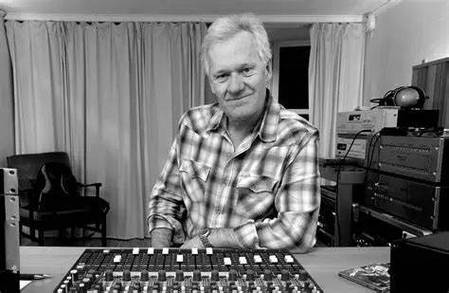
Op Amp Sound: A Comprehensive Guide
When it comes to audio equipment, the operational amplifier (op amp) plays a crucial role in shaping the sound quality. Whether you are an audiophile or just someone who appreciates good music, understanding how op amps affect sound is essential. In this article, we will delve into the intricacies of op amp sound, exploring its various aspects and how it impacts your listening experience.
What is an Op Amp?
An operational amplifier, often abbreviated as op amp, is an electronic device that amplifies voltage signals. It is a key component in many audio circuits, including preamps, power amplifiers, and signal processors. Op amps are highly versatile and can be used for a wide range of applications, from simple amplification to complex signal processing tasks.

How Op Amps Affect Sound Quality
The impact of op amps on sound quality can be attributed to several factors, including their bandwidth, noise performance, and distortion characteristics. Let’s explore these aspects in detail.
Bandwidth
Bandwidth refers to the range of frequencies an op amp can amplify without significant loss. A wider bandwidth allows for better reproduction of high-frequency details, resulting in a more accurate and natural sound. Conversely, a narrow bandwidth can lead to a muffled and lifeless sound.
Noise Performance
Noise is an unwanted signal that can degrade the quality of audio. Op amps generate noise, and the amount of noise they produce can vary. A low-noise op amp ensures that the audio signal remains clean and free from unwanted hiss or hum.
Distortion Characteristics
Distortion occurs when an op amp amplifies an audio signal, and the output is not an exact replica of the input. Different op amps have different distortion characteristics, which can affect the overall sound quality. Some op amps may introduce more harmonic distortion, while others may produce more intermodulation distortion.

Types of Op Amps
There are various types of op amps available, each with its unique characteristics and applications. Let’s take a look at some of the most popular ones.
Discrete Op Amps
Discrete op amps are built using individual transistors and resistors. They offer high performance and can be tailored to specific requirements. However, they can be more expensive and complex to design.
Integrated Circuit (IC) Op Amps
IC op amps are compact and cost-effective, making them a popular choice for many audio applications. They come in various configurations and can be easily integrated into circuits.
Operational Amplifier Arrays
Operational amplifier arrays are collections of op amps that can be used for complex signal processing tasks. They offer high performance and can be customized to meet specific requirements.
Choosing the Right Op Amp for Your Audio System
Selecting the right op amp for your audio system can be a challenging task, given the wide range of options available. Here are some factors to consider when choosing an op amp:
-
Application: Determine the specific application of the op amp, such as preamp, power amplifier, or signal processing.
-
Performance: Consider the op amp’s bandwidth, noise performance, and distortion characteristics.
-
Cost: Balance the performance and cost of the op amp to ensure it meets your budget.
-
Availability: Choose an op amp that is readily available and has a good support network.
Op Amp Sound: A Table Comparison
| Op Amp Type | Bandwidth (MHz) | Noise (nV/rtHz) | Distortion (THD+N) |
|---|---|---|---|
| Discrete Op Amp | 10 | 0.5 | 0.01% |
| IC Op Amp | 5 | 1.5 | 0.02% |
| Operational Amplifier Array | 8 | 1.0 |


